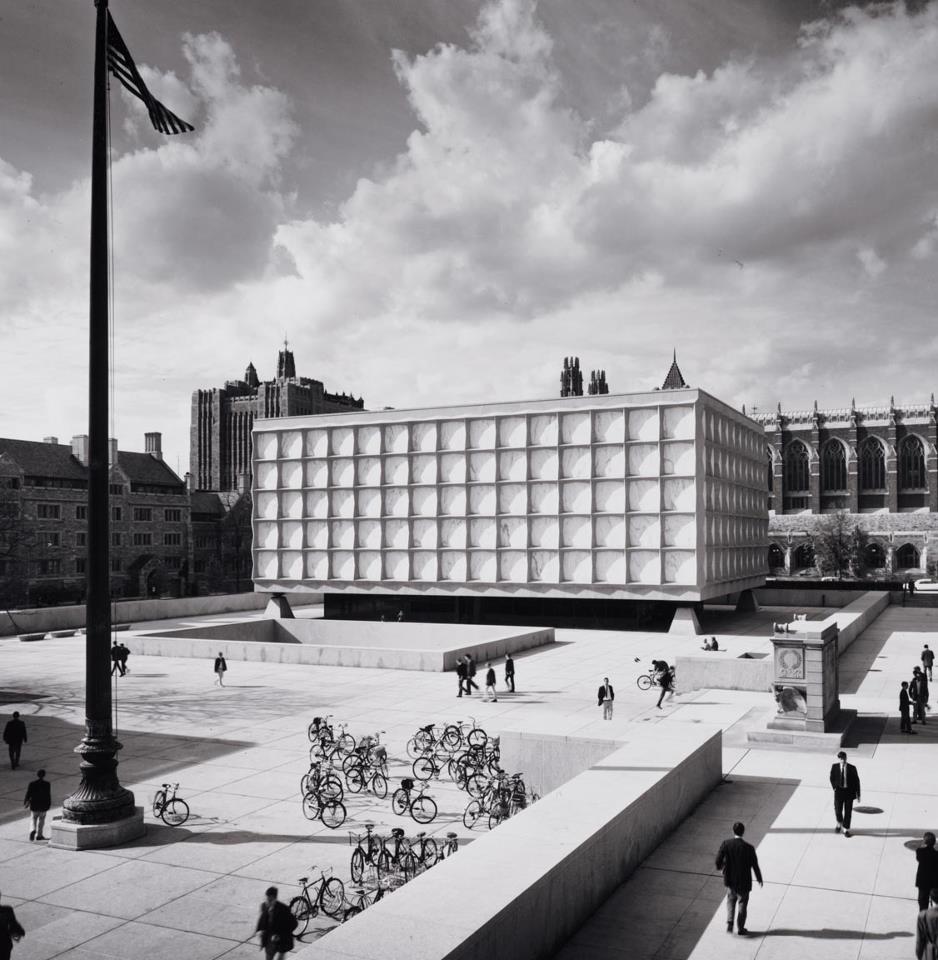Woman to Woman: An Exhibition of Letters at the Beinecke

“Everybody allows that the talent of writing agreeable letters is peculiarly female,” Henry Tilney remarks near the beginning of Jane Austen’s Northanger Abbey , and although he and Catherine Morland proceed to demolish the claim in the witty repartee of their first encounter, the editors of the new Oxford Book of Letters , Frank and Anita Kermode, tend to agree. “One conclusion rather hard to escape,” they write, “is that a great many of the most accomplished letter writers have been women.”
The exhibition Woman to Woman , on view at the Beinecke Library from April 19 until the end of June, presents a gathering of some 200 letters, each of them by and to a woman. “No letter can take the place of a good hug,” wrote Edith Wharton to her niece in 1935, but long after hugs have worked their good, letters remain, creating a historic record, preserving the wisdom of our foresisters.
The letters in the Beinecke exhibition range from ancient papyrus fragments of the second and third centuries to the correspondence of twentieth-century women. Some of Yale’s best-known collections have provided material: letters that document the lives of novelists Fanny Burney and George Eliot, letters written in the bold calligraphic hand of Georgia O’Keeffe, and a group of letters by pioneer women of the American West.
Maria Edgeworth, Elizabeth Barrett Browning, Edith Wharton, Marianne Moore, and environmentalist Rachel Carson are a few of the other women represented in the exhibition. Letters to Dorothy Peterson document her role as friend and supporter to many figures of the Harlem Renaissance. Rarely exhibited love letters between Gertrude Stein and Alice B. Toklas will be on display, as will letters from Violet Trefusis to Vita Sackville-West.
Correspondents of the historical novelist Bryher include her life’s companion, the American poet H.D., her publisher, Helen Wolff, and fellow novelist Dorothy Richardson. Another group of letters centers on the Benéts, whose family papers constitute one of the Beinecke’s largest literary archives. Frances Rose Benét, mother of the poet Stephen Vincent Benét, was a prodigious correspondent, and the exhibition includes letters to and from her daughters-in-law, one of whom was the American poet Elinor Wylie.
Woman to Woman makes no attempt to categorize the letters as to subject, or to apply any theory to them, whether deconstructive, feminist, or new historical. Yet even this small sampling of women’s correspondence is so diverse that it could well be used to dismantle accepted referential frameworks. Feminists will encounter women writing within the patriarchal framework, revolting against it, or simply affirming their own being as women. And in a new historical sense, the letters constantly cross the borders between the personal, the artistic, and the historical.
In her introduction to an anthology of letters by women, mystery author P. D. James wrote, “Here is the intimacy of the heart and mind speaking to heart and mind across distance and across time.” To bridge those gaps of time and space is one of the goals of Woman to Woman.